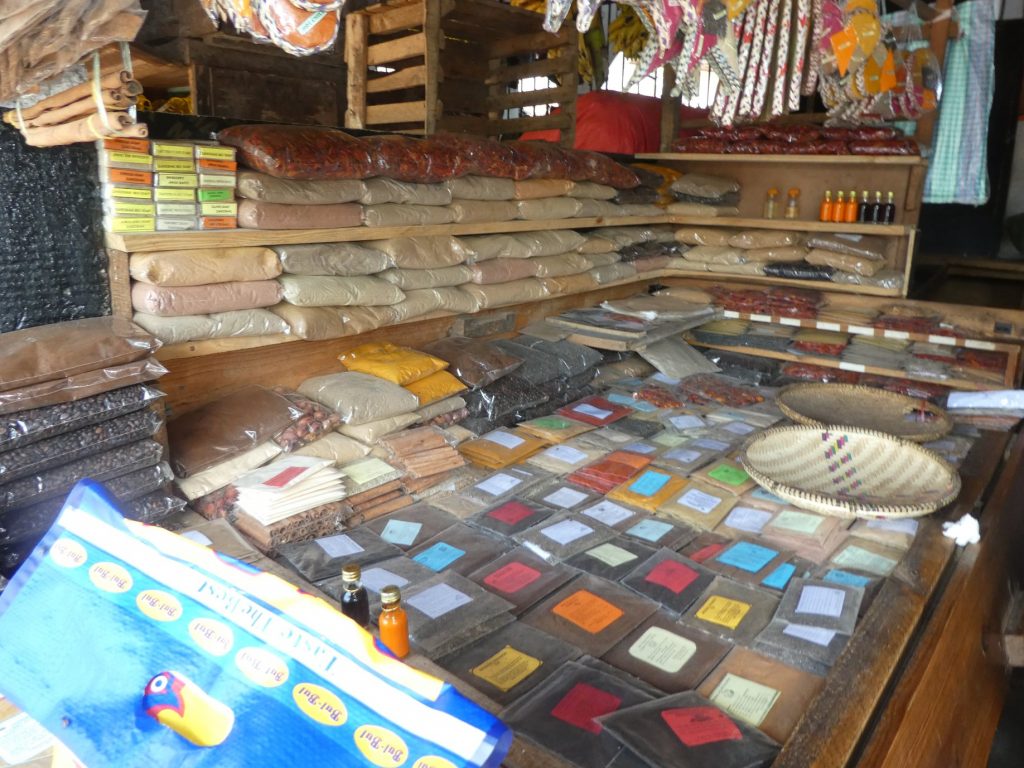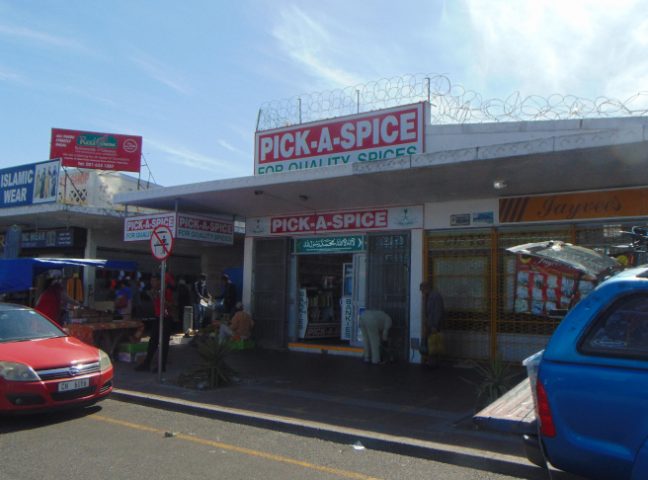
Land and Other Questions (Part Two)
December 22, 2021
The Spice Wars (Part Two) – Empire and Colonialism Beckon
December 28, 2021
By Satish Sekar © Satish Sekar (December 23rd 2021)
The Origins of the Spice Wars
Just over 400 years ago, the Spice Wars ended with a war crime. Yes, that right, Britain and the Netherlands went to war over nutmeg, although Britain did so by proxy. They supported the Bandanese rather than conducting the war. Britain’s support of the indigenous people of the Banda Islands was lacklustre.
And a quarter of a century before that the Portuguese controlled the Spice Trade, selling the coveted produce to Dutch merchants, among others. The Dutch were content to trade with them as the 16th Century drew to its conclusion. However, political events changed that in the 1590s. Portugal’s alliance with Catholic Spain resulted in religious differences spilling over into the Spice Trade – the Dutch were devoutly Protestant.
The First Expedition
So, Dutch merchants sought unfettered access, but Portuguese control and exclusive knowledge of the sailing routes to the East Indies posed a problem. That ended when the Dutch discovered the route there. Now, they could cut out the middleman, but their first efforts floundered, mainly due to their crews squabbling and the hostile reception they received.
The Portuguese were not about to give up their advantage, so they persuaded the indigenous people to demand absurdly high prices which resulted in a frosty reception, which included killing Bandanese dignitaries. Naturally, that did not endear the Dutch to the Bandsanese. Eventually, the Dutch called time on the expedition and returned to the Netherlands in 1597.
Their endeavours were saved by an increase in the price of the spices, which made their seemingly ill-fated venture unexpectedly profitable. It was far from a great success, but it wasn’t a total failure either. If the lessons were learned, another attempt could succeed.
The Second Attempt
The first trip had stolen a draw. It was poorly conceived and very badly led. It succeeded, as far as it could be described as such, by sheer luck. But for the unexpected rise in the price of the produce they obtained, it would have been dismissed by history as a totally dismal failure. The Dutch would not repeat that mistake.
A year after the first trip ended, a second began in May 1598. This was better planned and well-funded. At the time, it was the best-funded private operation in Dutch history.
The journey took seven months even though the original fleet of eight ships floundered after bad weather. Three reached Bantam (the major Javan port involved in the Spice Trade) in November 1598. They found that conditions had changed.
A dispute between the Portuguese and Bantamese, which had cost the Portuguese ships assured them of a different reception than the first Dutch expedition received. They were welcomed and seen as protectors of the Bandanese from Portuguese reprisals even. This meant trade negotiations went well. They bought their produce at a reasonable price that satisfied both them and the Bandanese. They were assured of great profits if they could return to the Netherlands without incident.
The three ships were loaded with spices and the remaining ships arrived in the East Indies a month after the first three. Four ships laden with spices returned to the Netherlands, arriving in July 1599. They had considerable produce which was sold at a considerable profit and were treated as conquering heroes.
The remaining four ships stayed and obtained more spices and a warm welcome in the main. They arrived back in the Netherlands in 1600. The Second Expedition was a resounding success, securing an enormous return on the investment.
Now, the Dutch understood the Spice Trade. To thrive they needed a monopoly, but that was easier said than done.



1 Comment
[…] Finding a route, albeit a flawed one, gave the Dutch an opportunity. They took it and but for sheer luck would have paid a very high price for it. Instead, the high price of nutmeg, in particular, turned what would otherwise have been an abysmal failure into an unexpected opportunity (see The Spice Wars (Part One) at https://fittedin.org/fittedinwp/2021/12/24/the-spice-wars-part-one/). […]